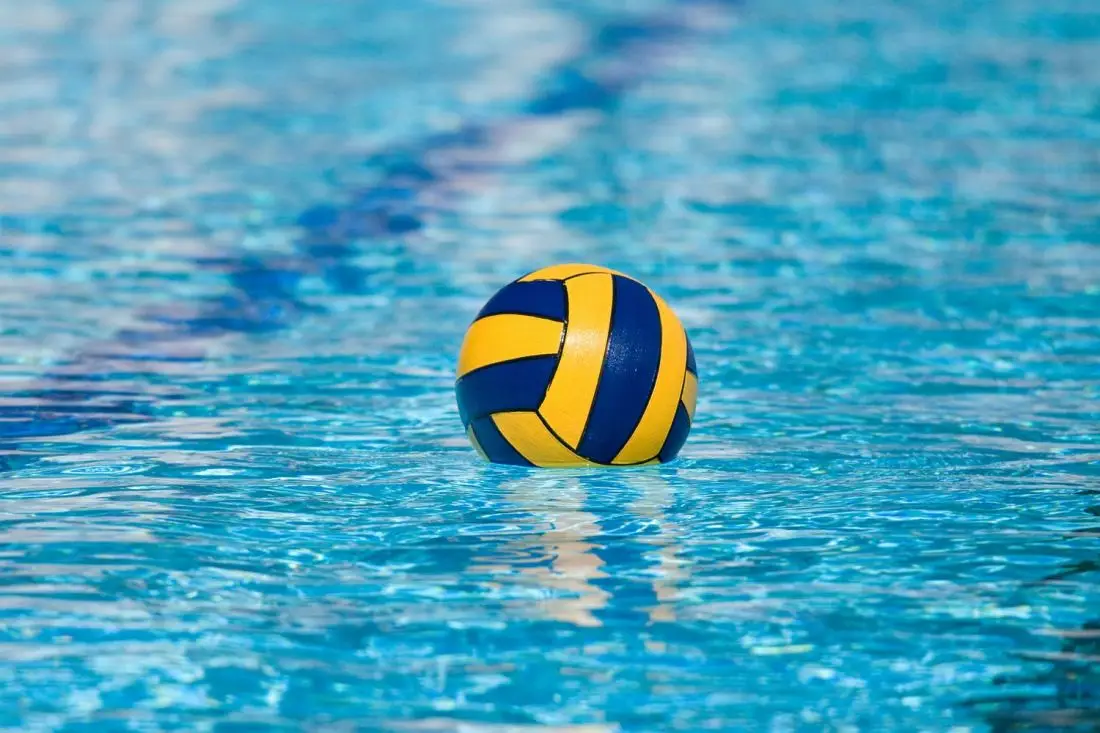Russian sports films create their own cinematic genre – rich, multi-layered, based on real destinies, feats, and psychological overcoming. These films tell not only about competitions but also about human will, team unity, and national spirit. In each film, there is not just training and medals, but a complex drama of growth and pain. The history embedded in sports creates a powerful artistic field. An analysis of the selection demonstrates how Russian sports films turn reality into inspiring cinema.
The Hero’s Image: When Character Becomes the Script
Russian sports films reveal the psychological relief of personalities: a coach who becomes a father figure; an athlete who breaks through the ceiling of possibilities; a team that gathers itself anew. All roles are subordinated to the character as the driving force. At the same time, each hero not only plays but lives. The film “Going Vertical” focuses on the figure of Vladimir Gomelsky, portrayed not just as a coach, but as a charismatic organizer willing to take risks for the victory of the Soviet team at the Olympics. At the center of the film are motivation, patriotism, pressure, conflict with the system. The main character sets the bar for others – internal, not just athletic.

Pace and Tension in Russian Sports Films
Russian sports films demonstrate skillful dramaturgy of rhythm. The narrative adjusts to plot twists – from slow development to explosive climaxes. “Legend No. 17” is built on contrast – calm training scenes alternate with thrilling matches, where the camera literally penetrates Harlamov’s helmet, making the viewer feel every puck. The tempo-rhythm sets not only the mood but also the depth of the story, and the cinematography turns hockey into choreography. This technique makes Russian sports films visually striking, even under limited budgets.
The Power of Biography: When Reality Exceeds Fiction
Films based on real events form the core of the genre. Russian sports films are often inspired by biographies: Harlamov, Belov, Kuznetsov, Tretiak, Mamedov – each has become an archetype. “Champions” tells several stories at once: from Yana Kudryavtseva to Nikolay Kruglov, illustrating the path from young talent to Olympic medalist. Real archival footage and tournament reconstructions enhance authenticity. Such films elevate the authority of Russian sports, visualizing it as a national heritage. The biographical basis in films provides a foundation for dramatic tension that captivates the viewer.
Team Emotions: Synergy Beyond Victory
Russian sports films value not only individualism but also the collective. At the heart of the plot is interaction, conflicts, trust, and cohesion. Danila Kozlovsky’s “Coach” builds drama within the team, juxtaposing personal interests and common goals. The central motif is the transformation from “I” to “we.” This approach distinguishes Russian sports films from Western counterparts, which often focus on a single hero. Team spirit is more important here than the final score: even defeat can become a victory if true unity is played.
Social Context of Russian Sports Films
The genre is invariably linked to the era. Sports films in Russia reflect not only stadiums but also the backdrop – restructuring, repression, corruption, patriotism. In “Going Vertical,” a conflict with the party system is evident; in “Legend No. 17,” the struggle between individuality and Soviet collectivism; in “Coach,” a reflection on morality in post-Soviet sports. These codes make sports cinema relevant and important not only for fans. The country’s history and the hero’s story are two parallel routes in one narrative. Russian sports films draw attention to politics, economics, and media as participants in the game.
Visual Style: From Ice Brilliance to Weightlifting Hall
The visual language of films deserves special attention. The camera uses documentary techniques, editing for rhythmic effects, lighting to accentuate crises. In “The Warrior,” fight scenes are shot with slow motion and sharp changes of perspective, creating a sense of empathy with the blows. “White Snow” dominates with a color palette of cold tones, emphasizing the tension of cross-country skiing. This stylistic approach transforms a simple story into a visual spectacle. Cinema ceases to be just a narrative – it is felt.

Top 10 Best Russian Sports Films
Russian sports films have created their own pantheon. The list includes films that reflect real stories, legends, Olympics, and inner struggles:
- “Going Vertical” (2017). The Olympic triumph of the USSR in the final against the USA, a historical reconstruction with tension at political and personal levels.
- “Legend No. 17” (2013). The story of Valery Kharlamov – from a street kid to a hockey icon, with a focus on his coach Anatoly Tarasov.
- “Coach” (2018). Artistic reflection on the role of a mentor, leadership, and self-sacrifice in professional football.
- “White Snow” (2021). The story of Elena Vyalbe, a five-time world champion, through struggle, loneliness, and national faith.
- “The Warrior” (2015). A drama about two brothers – MMA fighters, intersecting in the arena and in their own biographies.
- “Champions” (2014). A collection of real sports stories, revealing the breadth of the Olympic spirit.
- “Poddyubny” (2014). A biographical film about the struggle for honor and strength, glorifying a classic wrestler on the international stage.
- “Ice” (2018). Sports transformed into a metaphor for love and overcoming, on the verge of musical and drama.
- “The Box” (2016). The story of street football as a mirror of social struggle and maturity.
- “Ambulance “Moscow-Russia”” (2019). An unusual story of a motorcycle racer, defying time and bureaucracy.
Inspiration Between Frames
Russian sports films fulfill an important task – they restore faith in internal resources. These films not only illustrate competitions but tell stories of lives, honor, pain, and dreams. Each film is not just scenes with spectators but a challenge. The viewer receives not only pleasure from the plot but also powerful motivation. Through the screen, the real tension of the struggle is conveyed, inspiring to overcome personal barriers.
 en
en  ru
ru  de
de  ar
ar  es
es  hi
hi  fr
fr  nl
nl  it
it  pt
pt  el
el 



